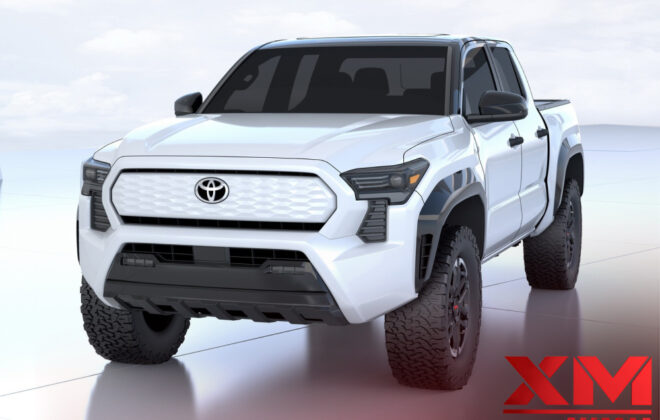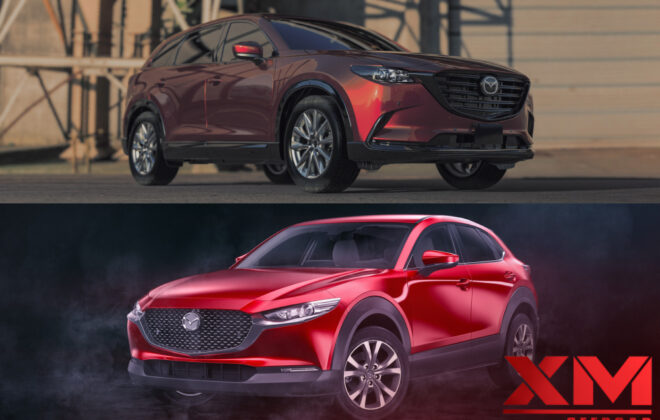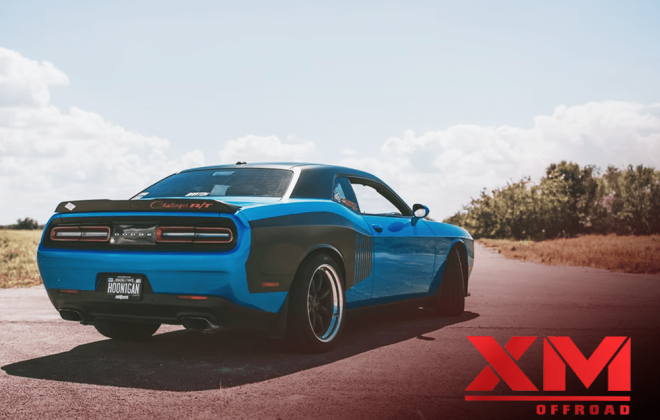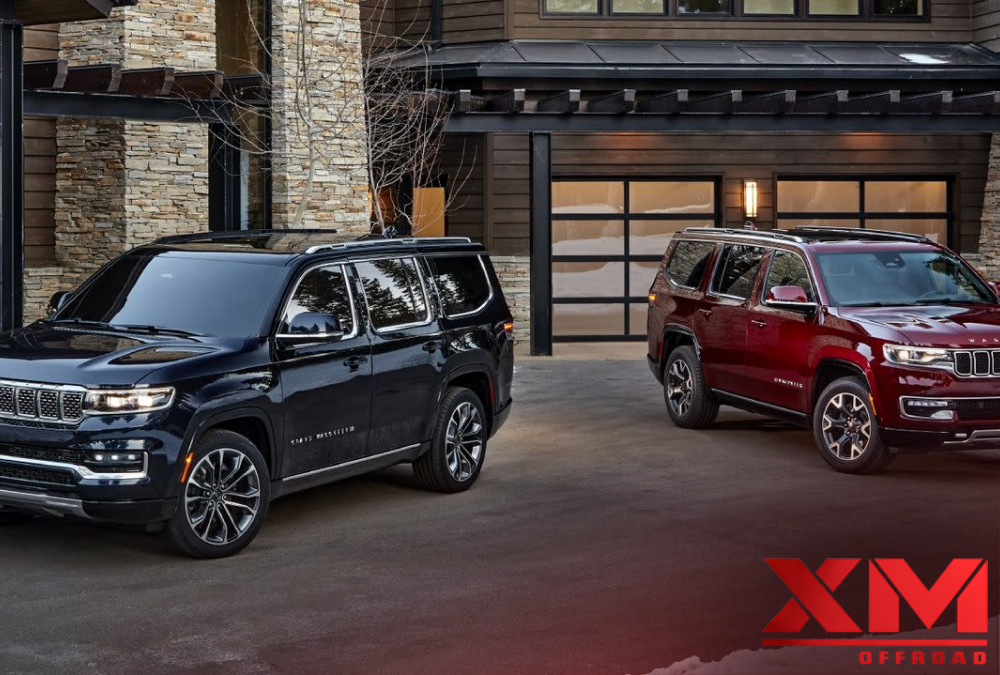
Jeep Wagoneer vs Grand Wagoneer: Specs Comparison
Regarding luxurious SUVs, the Jeep Wagoneer and Grand Wagoneer shine in the industry. These vehicles aren’t, about transporting people; they offer style and power too. In this comparison, we’ll explore the distinctions between the 2023 Jeep Wagoneer and its grand counterpart, the 2023 Jeep Grand Wagoneer. From their designs to interiors, powerful engines, and advanced technology features we’ll break it down so you can make an informed decision for your next journey.
Exterior Distinctions
As their names suggest, the Grand Wagoneer presents a grander and more upscale appearance than the regular Wagoneer. Here are the key differences that will help our readers better understand the Wagoneer comparison:
Grand Wagoneer Exterior Features:
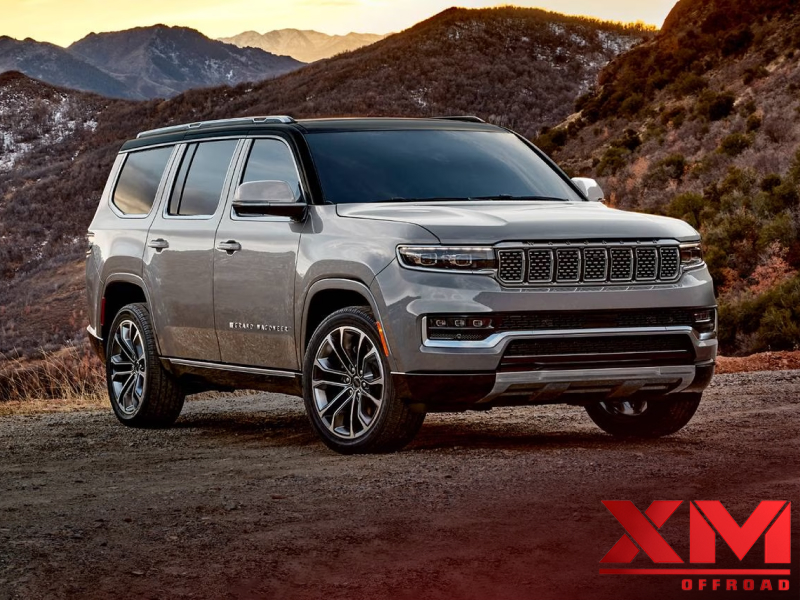
– More chrome accents.
– A striking black roof.
– Snazzy LED lighting accents.
– A distinct hood design.
– Prominent fender flares.
– Standard power-retractable running boards.
Wagoneer Exterior Features:
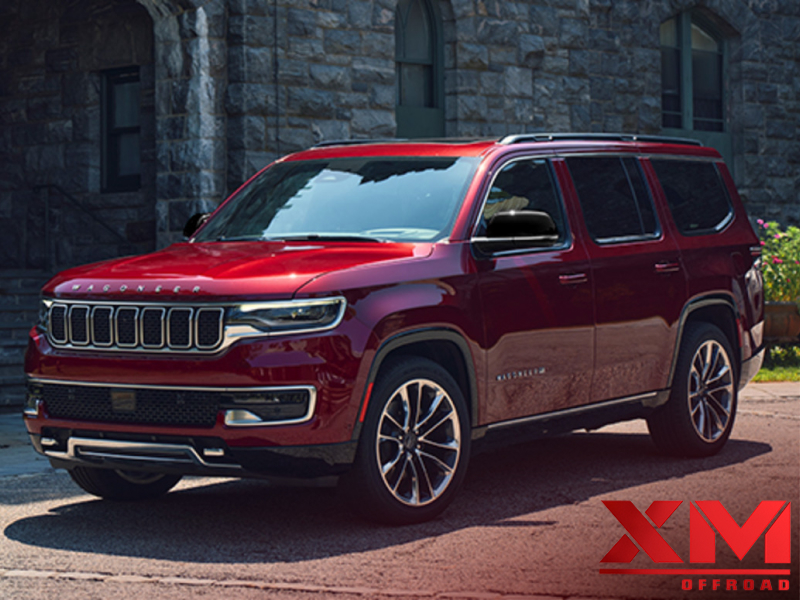
– Available “Carbide” package for a blacked-out appearance.
– Glossy black wheels.
– Black mirror caps and grille accents.
– Exclusive colors for Wagoneer, including Midnight Sky Blue, Rocky Mountain Green, and Ember Pearl.
The Grand Wagoneer also stands out with its standard shiny black 22-inch rims.
Size Matters: Wheelbase and Dimensions
The 2023 Wagoneer and Grand Wagoneer come in “L” variants with a wheelbase that adds 7 inches to the models. This longer wheelbase results in a length of 226.7 inches providing space for families and adventure seekers. It’s worth noting that despite their increased grandeur they still maintain a height and width which’s ideal for those, with smaller garages or parking spaces.
Luxurious Interior
Inside the cabin, the Grand Wagoneer takes luxury to the next level. It boasts a slightly different dashboard layout, premium leather, and exquisite wood trim, making it a haven for drivers and passengers. The Grand Wagoneer comes standard with a seven-passenger layout, and the second-row bench is optional.
On the other hand, the Wagoneer has a standard second-row bench seat, offering space for up to eight passengers. While the long-wheelbase Wagoneers provide similar passenger volume to their shorter counterparts, they offer significantly more cargo space, making them ideal for those who need extra hauling capacity.
Cargo Space Comparison:
– Wagoneer L: Between 42 and 131 cubic feet.
– Wagoneer: Between 27 and 117 cubic feet.
– Grand Wagoneer L: Extra 19 cubic feet behind the first row and an additional 17 cubic feet behind the third row.
Advanced Features and Safety
Both the Wagoneer and Grand Wagoneer come equipped with a range of advanced features, including adaptive cruise control, self-parking capabilities, and night vision with pedestrian and animal detection. Standard safety features include forward-collision warning, automated emergency braking, lane-departure warning, lane-keeping assist, blind-spot monitoring, and rear cross-traffic alert.
Infotainment Systems
The infotainment systems in both models are top-notch:
Wagoneer Infotainment:
– 10.1-inch center touchscreen.
– Optional 10.3-inch front-seat passenger display.
– Uconnect 5 system with built-in navigation, wireless Apple CarPlay and Android Auto, Amazon Alexa functionality, and a subscription-based Wi-Fi hotspot.
– Optional rear-seat entertainment system with dual 10.1-inch displays.
Grand Wagoneer Infotainment:
– 12.0-inch center touchscreen.
– 10.2-inch lower display for HVAC controls and other functions.
– Optional 10.3-inch front-passenger display.
– Rear-seat passengers enjoy a 10.3-inch touchscreen between the captain’s chairs.
– Optional rear-seat entertainment system with dual 10.1-inch touchscreens.
Powertrain Options
The choice of engines is where the two models truly diverge:
Wagoneer Powertrains:
– Base: 392-hp 5.7-liter V-8 (available on entry-level trim).
– Option: 420-hp twin-turbocharged 3.0-liter inline-six (standard on all other Wagoneer models).
– Transmission: Eight-speed automatic.
– Drivetrain: Rear- or various all-wheel-drive systems.
– Towing Capacity: Up to 10,000 pounds.
Grand Wagoneer Powertrains:
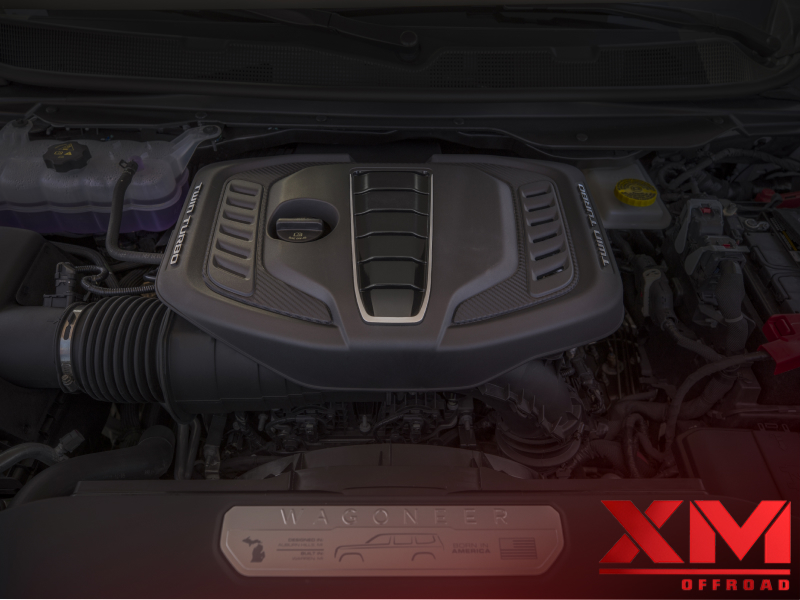
– Base: 471-hp 6.4-liter V-8 (available on the base model).
– All Other Models: High-output Hurricane twin-turbo 3.0-liter inline-six, producing 510 horsepower and 500 pound-feet of torque.
– Transmission: Eight-speed automatic.
– Drivetrain: All-wheel drive.
– Towing Capacity: Up to 9,860 pounds.
Fuel Economy
Fuel economy may not be a strong suit for these large SUVs, but it’s essential to know what to expect:
Wagoneer Fuel Economy:
– V-8 with all-wheel drive: 15 mpg city, 20 mpg highway.
– Turbo six with rear-drive: 17 mpg city, 24 mpg highway.
– Turbo six with all-wheel drive: Slightly lower than rear-drive.
Grand Wagoneer Fuel Economy:
– V-8: 13 mpg city, 18 mpg highway.
– Turbo six (standard wheelbase): 14 mpg city, 20 mpg highway.
– Turbo six (long wheelbase): Slightly better than advertised, earning 20 mpg in a 75-mph fuel-economy test.
Upgrade Your Off-Roading Adventure with XM Wheels Today! Unleash the Power of Performance and Durability. Shop Now and Conquer Any Terrain
Pricing
Pricing for these upscale SUVs reflects their premium features and capabilities:
Wagoneer Pricing:
– Base (rear-wheel drive): Starts at $62,670.
– All-wheel drive adds $3,000 to the base price.
– Series II and Series III (with AWD): Start at $70,790 and $76,810, respectively.
– Wagoneer Series II Carbide 4×4: Starts at $74,485.
– Wagoneer L models (all-wheel drive):
– 4×4: $68,670.
– Series II: $73,790.
– Series II Carbide: $77,485.
– Series III: $79,810.
Grand Wagoneer Pricing:
– Base: Starts at $91,645.
– Series II: Pushes the starting price to $97,995.
– Series III: Opens at $111,145.
– Long-wheelbase adds $3,250 to the base trim level and $3,000 to the others.
– Obsidian treatment: Extra $995 with Series III, $5,495 with Series II.
Conclusion
The 2023 Jeep Wagoneer and Grand Wagoneer offer distinct options for those seeking a combination of style, space, and power in a full-size SUV. The choice between the two ultimately comes down to your preferences for luxury, performance, and pricing. Both models promise a grand journey, but the Grand Wagoneer takes the experience to the next level with its premium features and added power. Whatever your choice, these SUVs are ready to transport you and your family in style and comfort.
Read Also: The 2023 Mercedes Benz Sprinter Cargo Van Overview
FAQs
Q1) What are the key differences between the Jeep Wagoneer and Grand Wagoneer?
The Grand Wagoneer has a more upscale appearance with additional chrome accents, a black roof, snazzy LED lighting accents, and a distinct hood design. It also features power-retractable running boards as standard.
Q2) What is the difference in cargo space between the Wagoneer and Grand Wagoneer?
The Wagoneer offers between 27 and 117 cubic feet of cargo space, while the Wagoneer L extends this to between 42 and 131 cubic feet. The Grand Wagoneer L provides an extra 19 cubic feet behind the first row and an additional 17 cubic feet behind the third row.
Q3) What advanced safety features do both models come with?
Both the Wagoneer and Grand Wagoneer include forward-collision warning, automated emergency braking, lane-departure warning, lane-keeping assist, blind-spot monitoring, and rear cross-traffic alert as standard safety features.
Q4) What are the differences in the infotainment systems between the two models?
The Wagoneer features a 10.1-inch center touchscreen, with an optional 10.3-inch front-seat passenger display. The Grand Wagoneer offers a 12.0-inch center touchscreen and a 10.2-inch lower display for HVAC controls. It also has a 10.3-inch front-passenger display. Both models come with rear-seat entertainment options.
Q5) What powertrain options are available for the Jeep Wagoneer and Grand Wagoneer?
The Wagoneer comes with a base 392-hp 5.7-liter V-8 (available on entry-level trim) and an option of a 420-hp twin-turbocharged 3.0-liter inline-six (standard on all other Wagoneer models). The Grand Wagoneer has a base 471-hp 6.4-liter V-8 (available on the base model) and a high-output Hurricane twin-turbo 3.0-liter inline-six, producing 510 horsepower and 500 pound-feet of torque for all other models.
Q6) What are the starting prices for the Jeep Wagoneer and Grand Wagoneer?
The 2023 Jeep Wagoneer starts at $62,670 for the base model with rear-wheel drive. Adding all-wheel drive costs an extra $3,000. The Grand Wagoneer starts at $91,645 for the base model. The Series II and Series III push the starting prices to $97,995 and $111,145, respectively. Additional options and features affect the pricing for both models.

